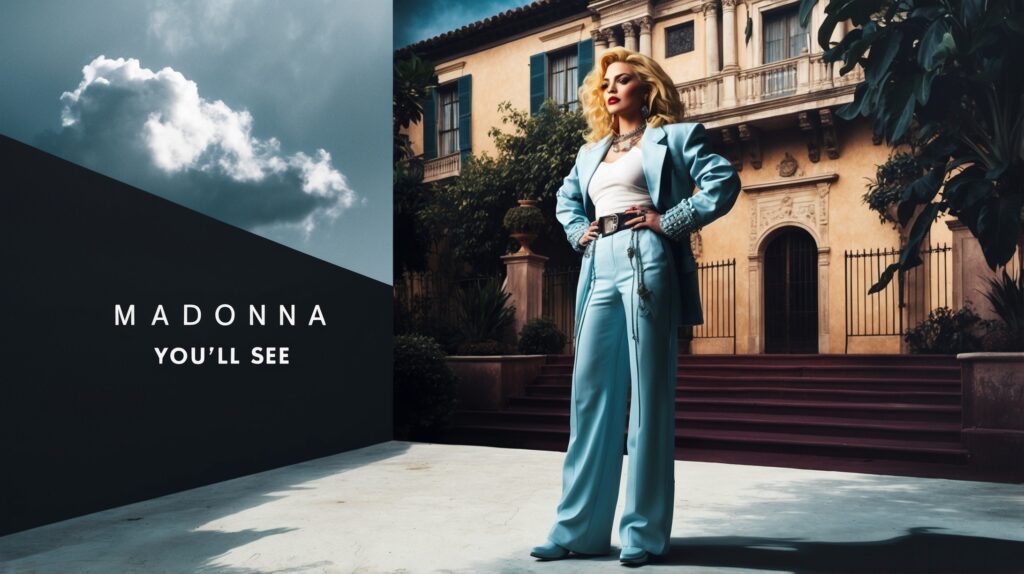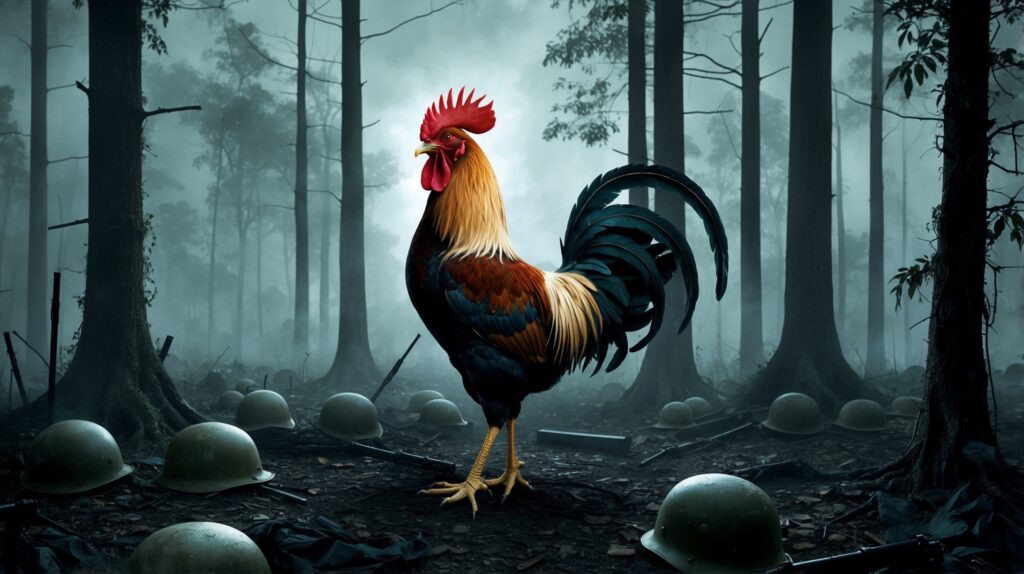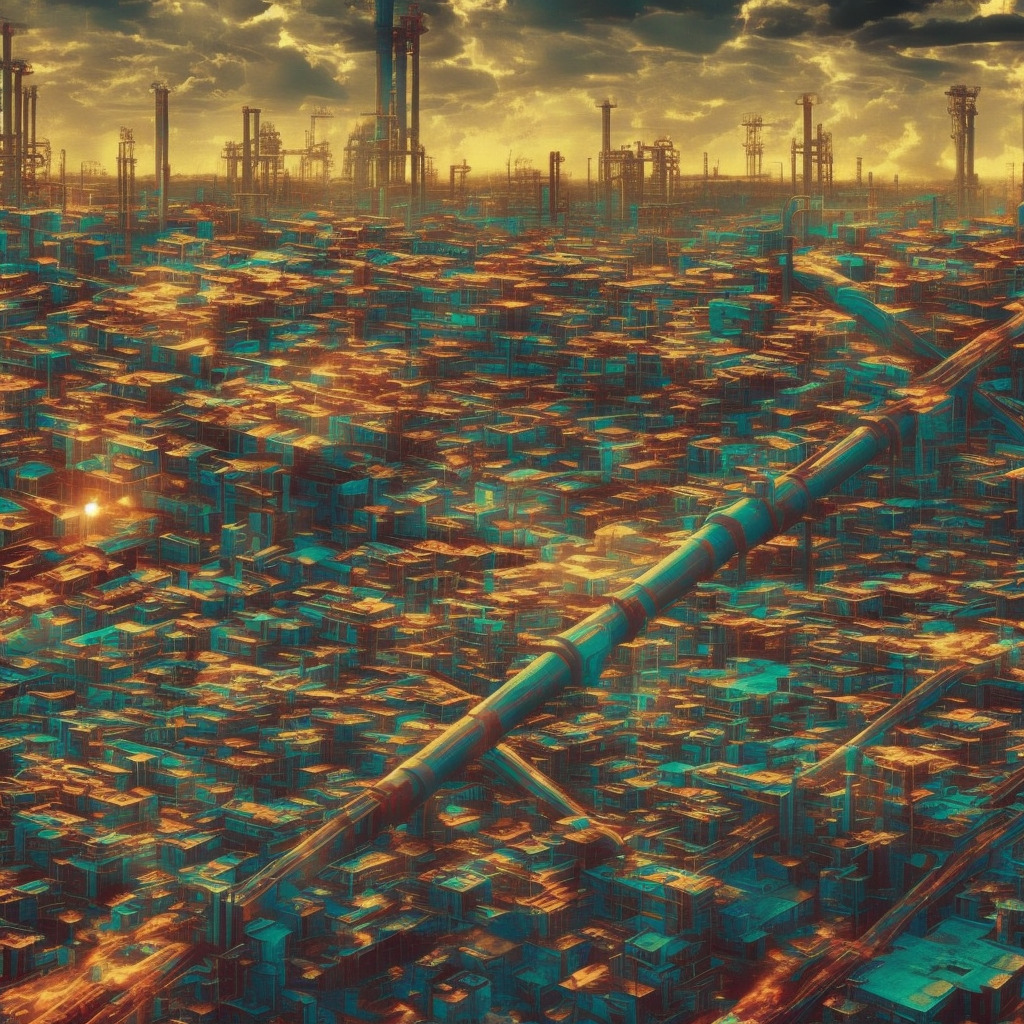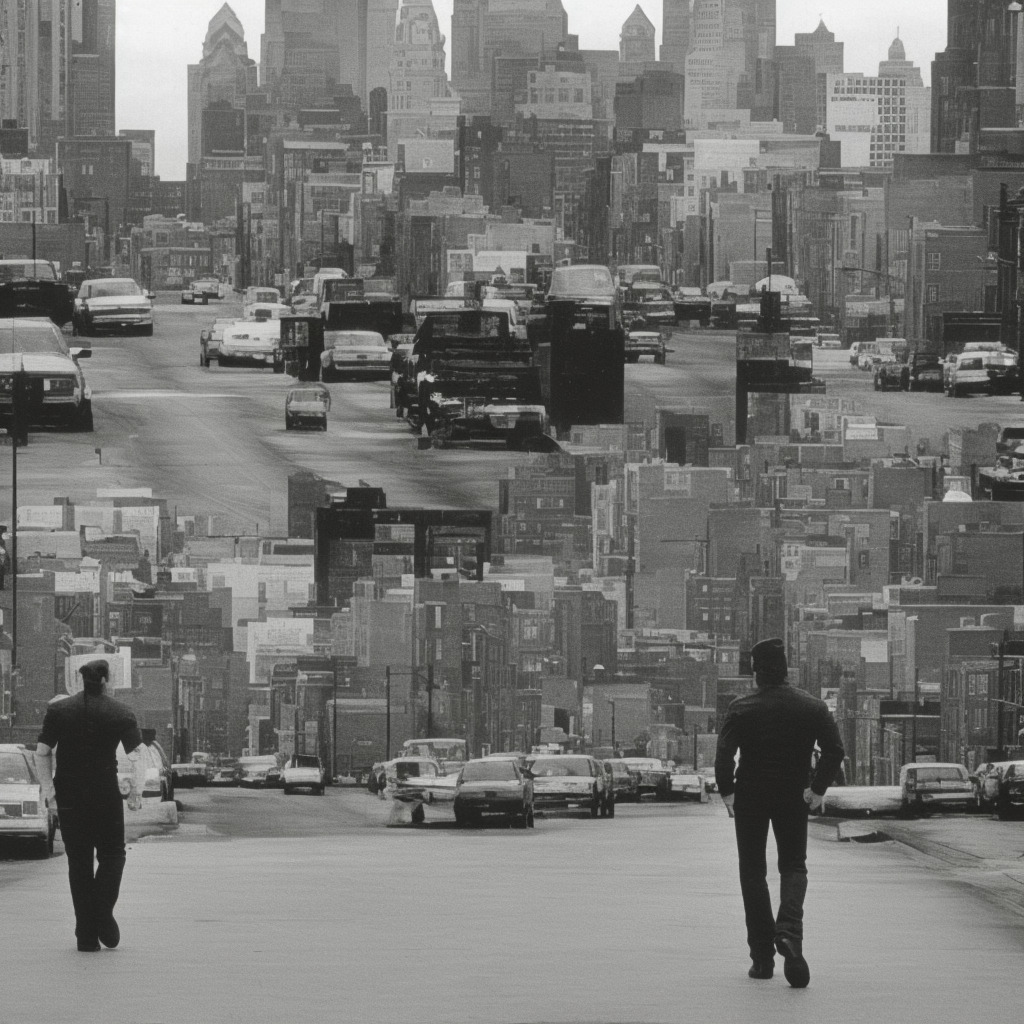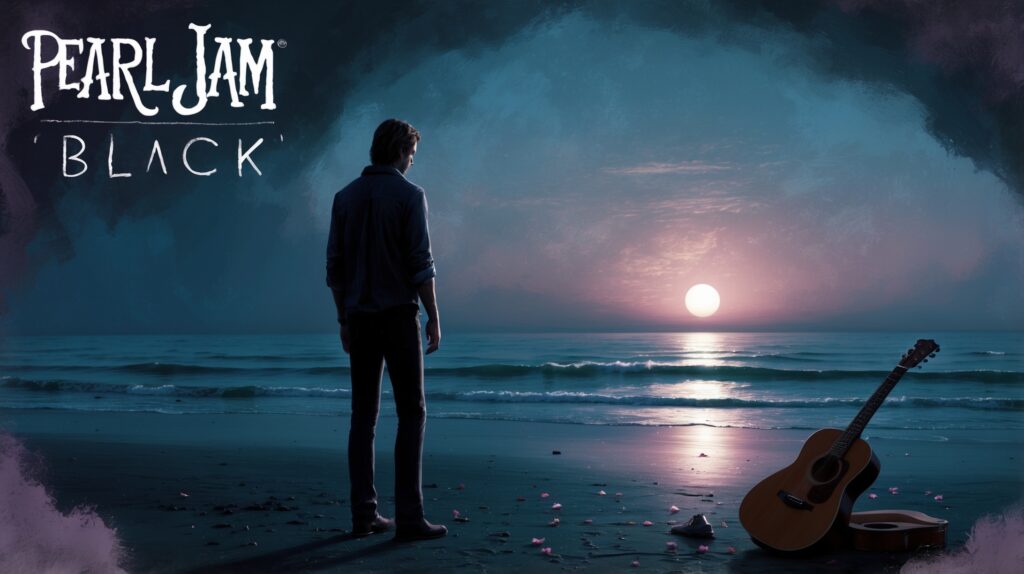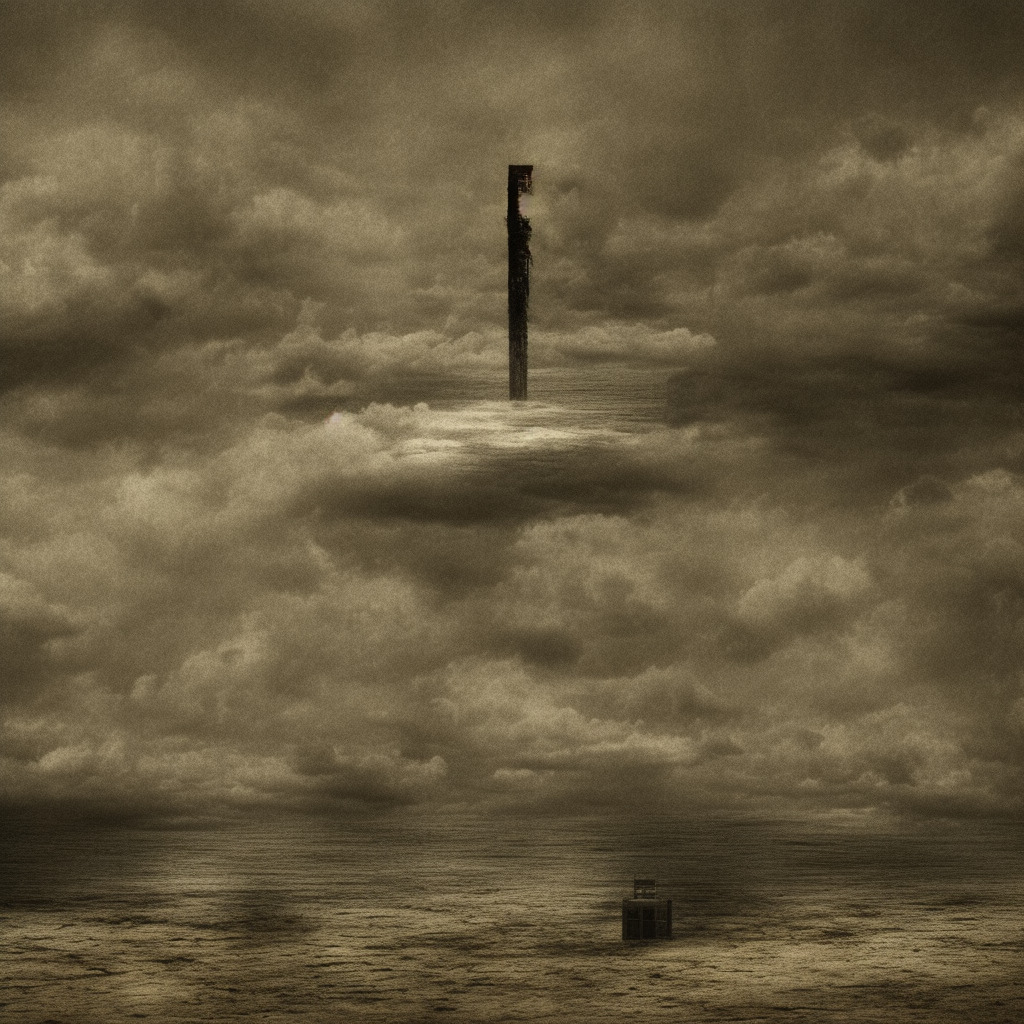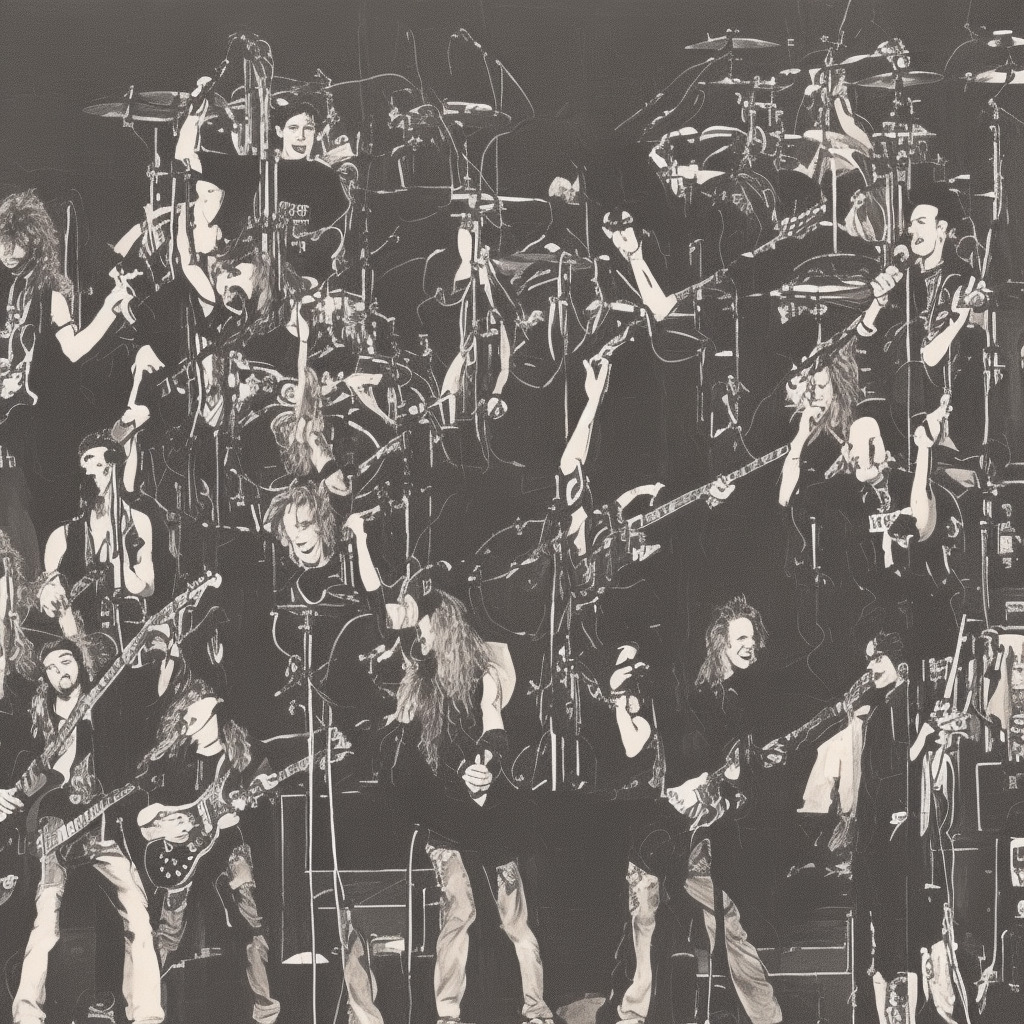Madonna: The Icon Behind ‘You’ll See’
Explore Madonna’s transformative journey and the impactful era surrounding the release of ‘You’ll See,’ a testament to her continued evolution and mastery in the pop music landscape.
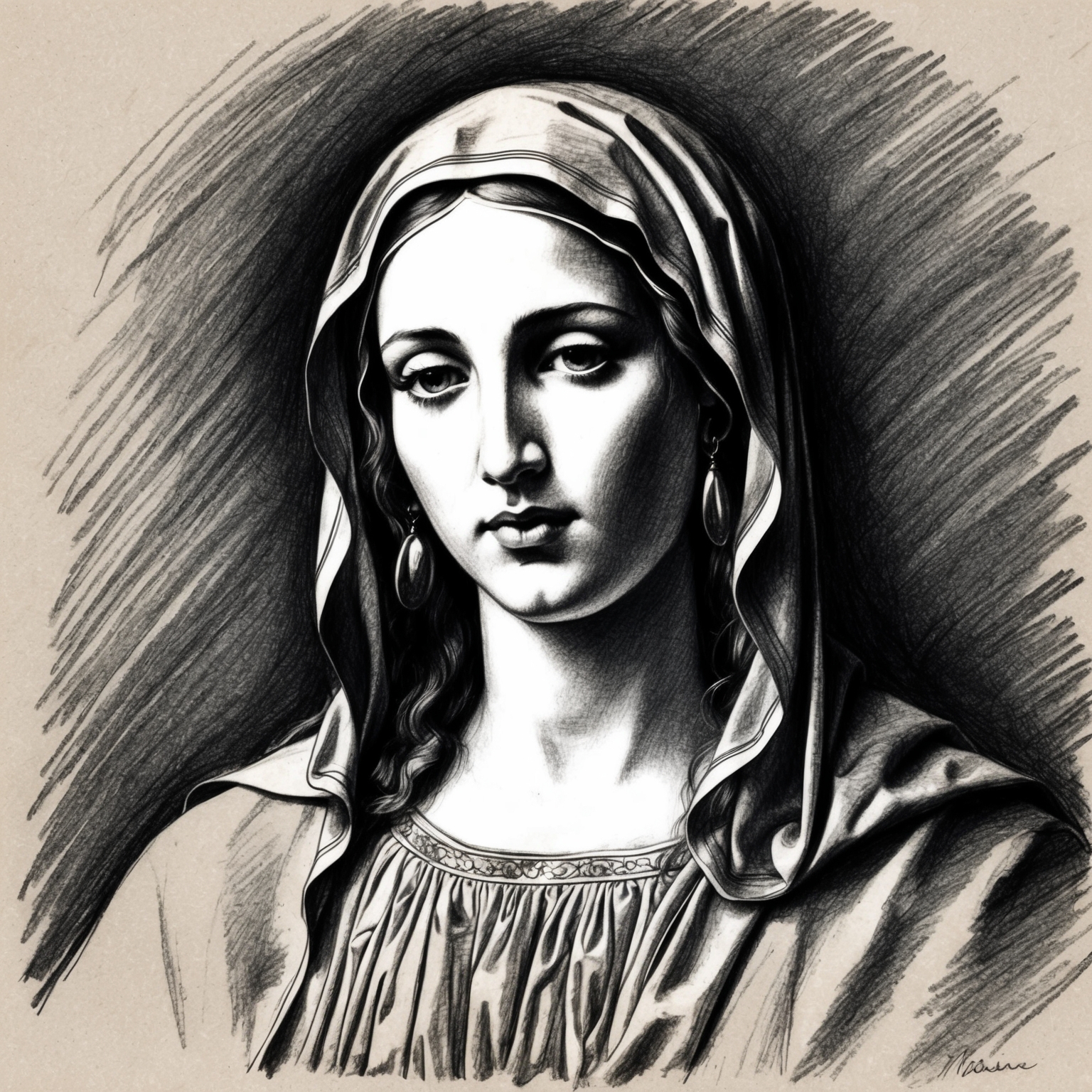
Madonna, often dubbed the ‘Queen of Pop,’ has undoubtedly left an indelible mark on the music industry with her expansive catalogue of hits and constant evolution as an artist. ‘You’ll See,’ released in 1995, stands as a poignant example of her ability to blend personal introspection with broad commercial appeal. This song marked a pivotal point in her career, demonstrating her resilience and ability to reinvent herself amidst the rapidly changing music landscape of the mid-90s.
Born Madonna Louise Ciccone in Bay City, Michigan, on August 16, 1958, her early life was marked by a passion for performance, which led her to New York City in 1978 with dreams of making it big. She had her first breakthrough in the early 1980s with a string of dance hits that captured the zeitgeist of the era. Over the years, Madonna’s career has been punctuated by numerous reinventions, each time challenging societal norms and setting new standards for female musicians worldwide.
By the time ‘You’ll See’ came out as part of her ‘Something to Remember’ compilation album, Madonna had already amassed a series of accolades and a reputation for her dynamic music videos and stage performances. The mid-90s era was a more reflective period for Madonna, focusing on more mature themes in her music. ‘You’ll See’ was a collaboration with the Spanish producer Patrick Leonard, with whom Madonna had worked extensively in the past. His influence, combined with Madonna’s raw expressiveness, crafted a ballad that resonated with audiences globally. At a time when the music scene was inundated with grunge and Britpop, Madonna’s ‘You’ll See’ shone as a beacon of her versatility and staying power.
Exploring the Talent Behind ‘You’ll See’: David Foster
David Foster, the composer of ‘You’ll See’, brings a unique blend of pop and classical influences to Madonna’s empowering anthem. His collaboration with Madonna highlights his ability to create emotionally resonant, chart-topping music.
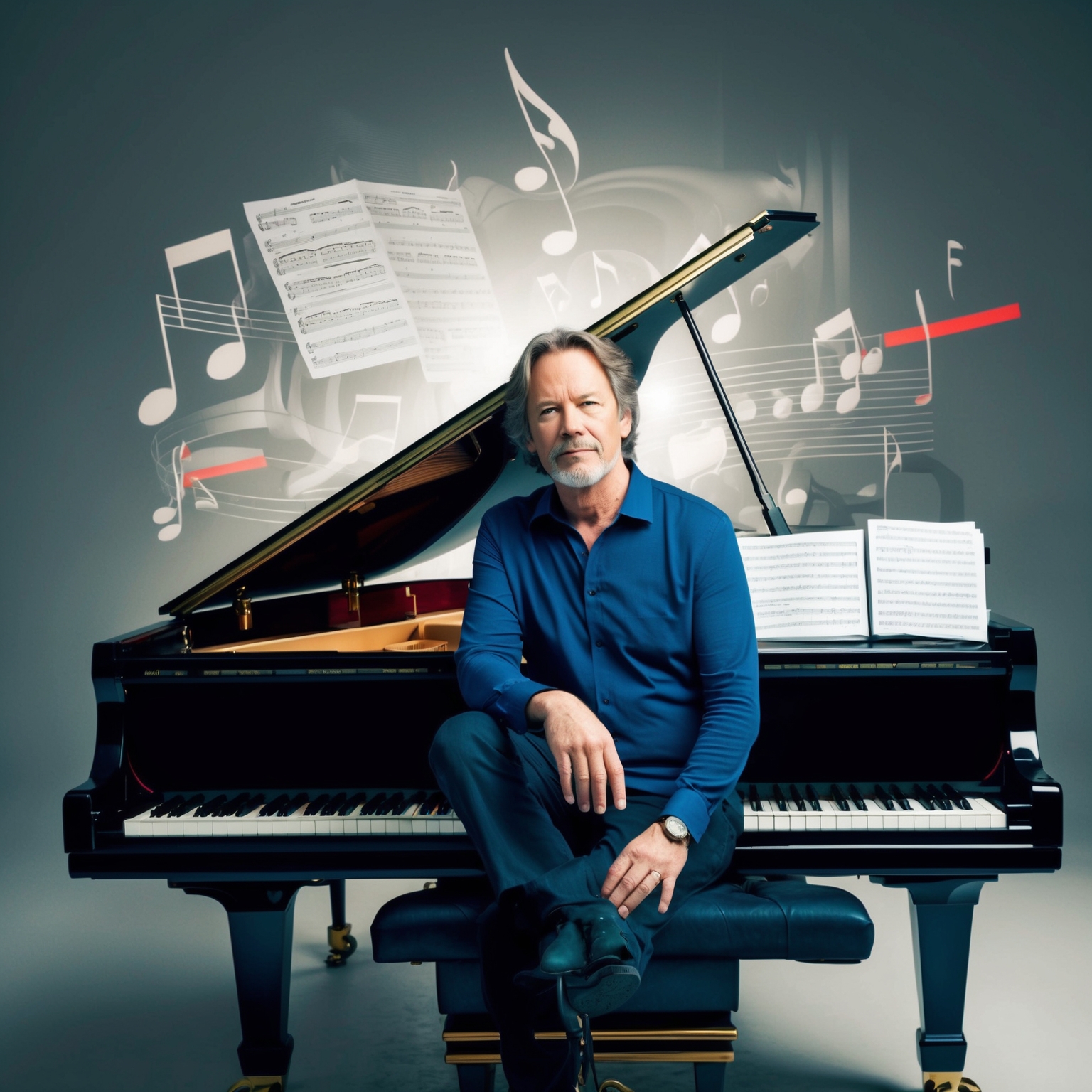
When discussing the compositional brilliance of Madonna’s ‘You’ll See’, one cannot overlook the significant contributions of David Foster. A Canadian musician, David Foster’s career spans over five decades, making him a pivotal figure in the music industry. Foster began his musical journey playing piano and moved swiftly into the world of composition and production. His early days were marked by playing with the legendary band Skylark in the 1970s before transitioning to studio work, where his proficiency in crafting melodic hooks and lush arrangements caught the attention of renowned artists and producers.
David Foster is best known for his versatile and rich music style, often blending elements of pop, rock, and classical music. His influences are wide-ranging, drawing from classical composers as well as contemporary pop sensibilities. This diverse stylistic palette has allowed him to work fluidly across genres, a skill that is particularly evident in ‘You’ll See’, where Foster’s music underscores the song’s themes of resilience and empowerment with sweeping orchestral arrangements and emotional depth.
Foster’s collaboration with Madonna on ‘You’ll See’ marked a significant fusion of talent. Known for his collaborative prowess, Foster has worked with a host of illustrious artists ranging from Whitney Houston to Celine Dion, bringing out their best through his compositions. With Madonna, Foster managed to merge his grandiose musical vision with her iconic pop style, creating a song that not only topped charts worldwide but also showcased Madonna’s vocal strengths in a new, more introspective light.
Recognizing the Impact and Influence of ‘You’ll See’
Explore how Madonna’s song “You’ll See” has been recognized in music and pop culture, including notable covers and appearances.
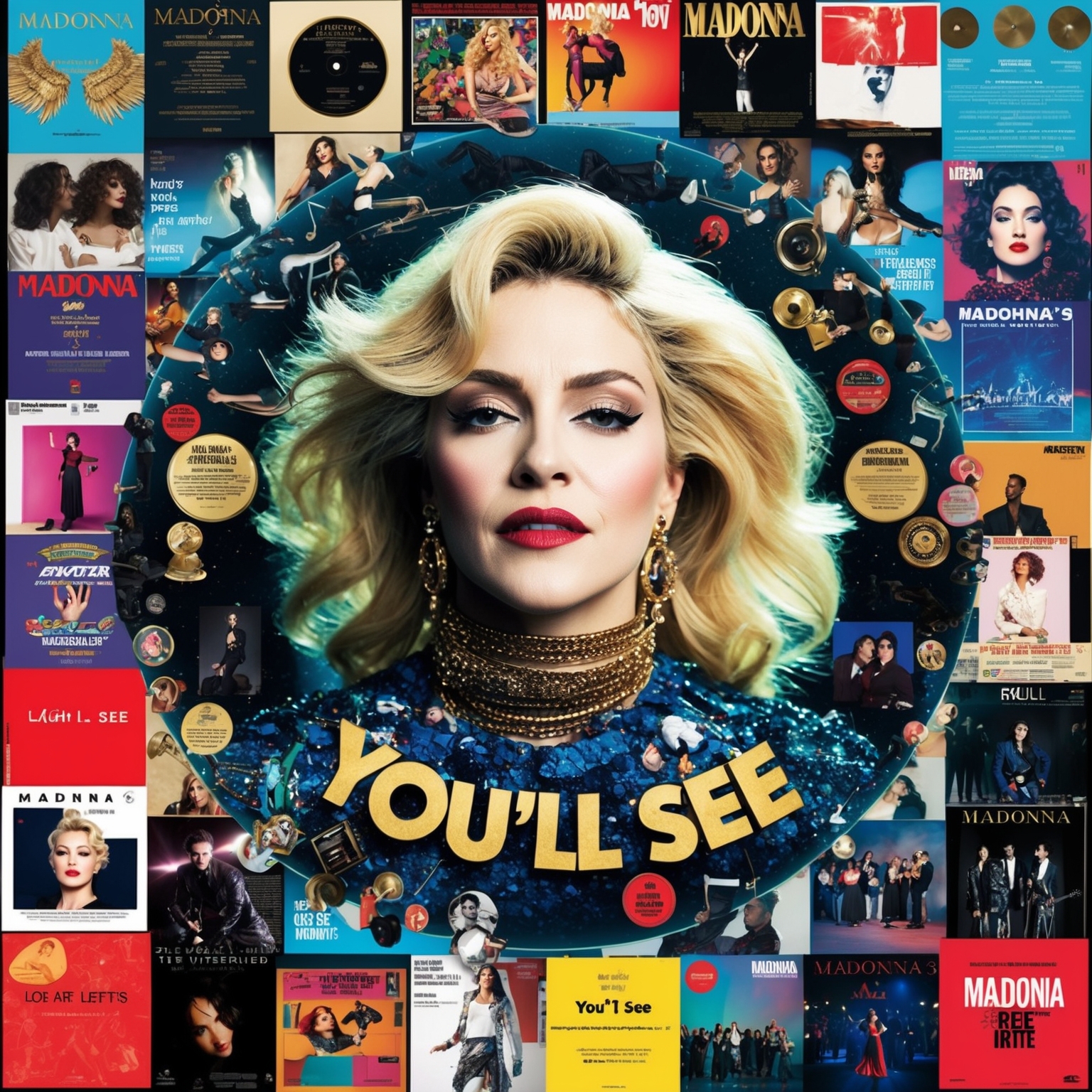
Madonna’s song “You’ll See” is an emblematic piece not only for its compelling message but also for the recognition it garnered in the music world. Though the song did not win major awards, its impact on listeners and its place in pop culture are undeniable. Released as a single from her ballads collection, ‘Something to Remember,’ “You’ll See” demonstrated Madonna’s ability to blend powerful lyrics with expressive vocal delivery, which was well-received critically. Despite the absence of definitive award trophies, the song was lauded by critics and fans alike for its message of empowerment and resilience.
Apart from its critical acclaim, “You’ll See” found its place in diverse artistic interpretations. Over the years, notable artists from various genres have covered the song, emphasizing its timeless nature. For instance, Spanish singer Marta Sánchez released her version of “You’ll See” titled “Righteous Love,” showcasing the universal appeal and adaptability of Madonna’s music across linguistic and cultural bounds.
In addition to covers, “You’ll See” featured prominently in a few television shows and movie soundtracks, further cementing its status in pop culture. Its emotive melody and strong themes made it a fitting choice for scenes depicting personal growth and overcoming adversity. An example of this is its inclusion in certain television series that focus on character development arcs. Although it’s not a staple in video games or blockbuster movies, its presence on smaller screens and personal playlists has sustained its popularity over decades.
Chart Triumphs and Legacy
“You’ll See” by Madonna found notable success with peak chart positions and global appeal, enhancing her storied career.
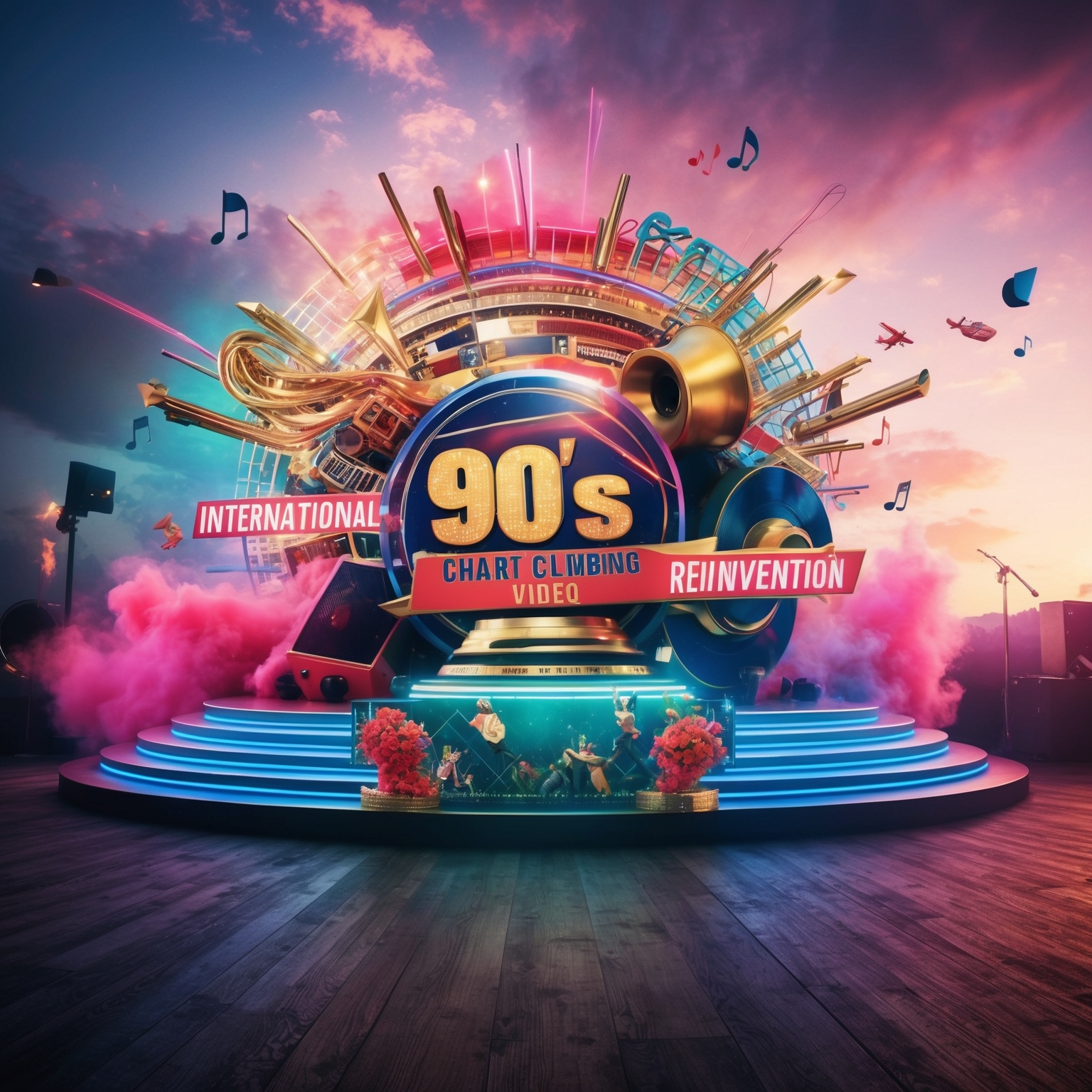
“You’ll See” by Madonna marked a significant point in her illustrious career, demonstrating her enduring appeal and musical versatility. Released on October 30, 1995, as the lead single from her ballads compilation album “Something to Remember,” the song quickly captivated audiences worldwide. With its blend of pop and Latin-influenced sounds, “You’ll See” secured an impressive beginning on the charts. Upon its release, it entered the Billboard Hot 100 chart, where it reached a peak position of number 6. The song’s success was not confined to the United States; it also soared to the top 10 in several countries, including Canada, the United Kingdom, and Australia.
Comparatively, “You’ll See” stood strong against other tracks at the time, paving a way for Madonna to balance her image between pop icon and musical virtuoso. Known for her ability to reinvent herself, this song was no outlier, becoming a follow-up to her previous successes while showcasing her capacity to adapt to the changing music scene. As a testament to her resilience, the song was a noted commercial triumph, solidifying Madonna’s status in the mid-90s pop culture.
From a marketing and promotional standpoint, “You’ll See” benefited from a strategic rollout. The song’s music video, directed by Michael Haussman and featuring a cinematic narrative reminiscent of a modern-day silent film, garnered considerable attention and further boosted its popularity. Critically acclaimed, the song was lauded for its lyrical depth and compelling melody, earning dozens of favorable reviews. Though not an anthem for a particular movement, “You’ll See” left a lasting imprint on popular culture, inspiring countless artists and fans alike.
Exploring the Visual Storytelling of ‘You’ll See’
The music video for ‘You’ll See’ by Madonna offers a visually compelling extension of the song, highlighting themes of independence and empowerment.
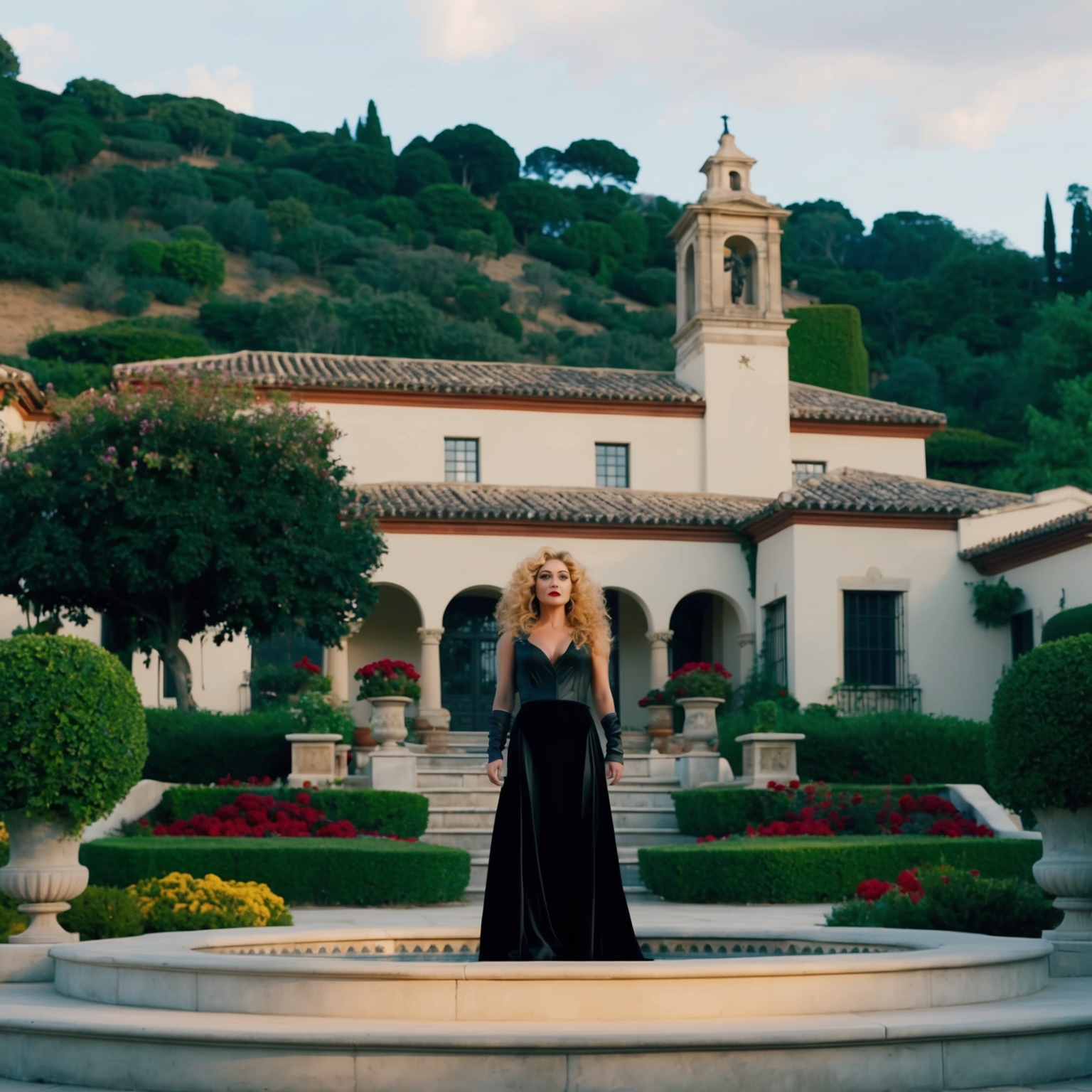
Madonna’s 1995 song ‘You’ll See’ is accompanied by a compelling music video that transcends its audio counterpart, adding layers of visual storytelling to an already powerful song. Directed by Michael Haussman, the video complements the spirit of independence and resilience expressed in the lyrics. The video showcases a narrative continuity from her previous video for ‘Take a Bow,’ providing a visual sequel to the story.
Set against the backdrop of Spanish architecture and lush landscapes, the video employs a muted color palette that reflects the somber yet empowering tone of the song. Madonna, portrayed as a resilient woman overcoming personal struggles, symbolizes empowerment and self-reliance. Her journey throughout the video encapsulates a strong message of moving forward and embracing one’s strength.
The music video played a significant role in enhancing the song’s popularity. Its reception was largely positive, with critics praising the emotive performance and stunning cinematography. The visually captivating portrayal of a narrative that transcends the initial storyline allowed viewers to connect deeply with the themes of independence and empowerment.
Exploring the Musical Anatomy of ‘You’ll See’
A deep dive into the musical structure of ‘You’ll See’ unveils its intricate arrangement, from key and chord progressions to melody and instrumentation, highlighting Madonna’s evolution as an artist during the recording process.
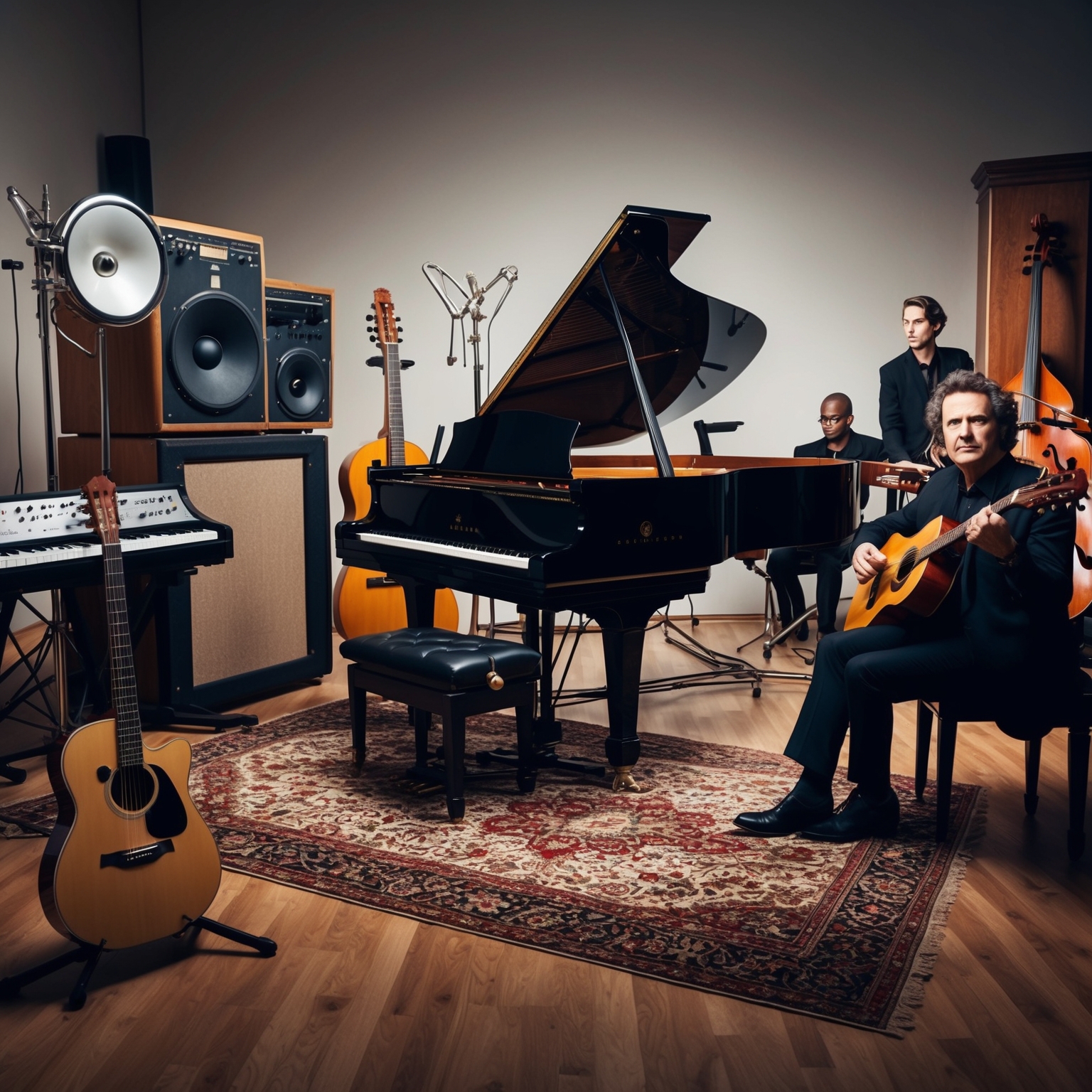
‘You’ll See’ by Madonna is a masterclass in pop balladry, both in structure and execution. The song is written in the key of F major, which lends it a bright and hopeful tonality, aligning perfectly with its message of empowerment and resilience. The chord progression primarily revolves around a mix of major and minor chords, creating a rich harmonic backdrop that complements Madonna’s vocal delivery beautifully.
The tempo is set at a moderate pace, around 86 beats per minute, allowing the lyrical content to shine while providing ample space for the intricate melodic lines. The melody itself is both haunting and memorable, characterized by its ascending and descending arcs that mirror the thematic journey of self-assurance and liberation captured in the lyrics.
Instrumentation plays a crucial role in the song’s distinctive sound. The use of piano sets an intimate tone, while strings add depth and emotional weight. Acoustic guitar notes provide a subtle rhythmic undercurrent, and percussion is sparingly used to punctuate key moments, enhancing the song’s dynamic flow. This minimalist yet effective arrangement ensures that the spotlight remains on Madonna’s powerful vocal performance.
From a comparative perspective, ‘You’ll See’ marks a distinct shift in Madonna’s discography, particularly when placed alongside her earlier, more dance-oriented tracks. This song embodies a more mature, reflective phase in her career, emphasizing introspection and growth. Working with producer David Foster, renowned for his ability to craft emotionally resonant ballads, Madonna embraced a new stylistic direction, resulting in a song that stands out as a testament to her versatility and artistic evolution.
Interesting to note are tidbits from the recording sessions: the song was recorded at Chartmaker Studios, with Foster bringing his signature production style to the project. The studio’s acoustic qualities and state-of-the-art equipment played an essential role in capturing the song’s nuanced sound. Additionally, the recording process was marked by a strong creative synergy between Madonna and Foster, allowing them to explore new musical landscapes with confidence.
Decoding Empowerment and Resilience in Madonna’s ‘You’ll See’
Madonna’s ‘You’ll See’ explores themes of empowerment and self-assurance through its compelling narrative and literary devices, resonating with audiences seeking resilience after emotional challenges.
you’ll see
You think I can’t go on another day?
You think I have nothing
Without you by my side?
You’ll see, somehow, someway
You think that I can never laugh again?
you’ll see
You think that you’ve destroyed my faith in love?
You think after all you’ve done
I’ll never find my way back home?
You’ll see, somehow, someday
…
******* This Lyrics is NOT for Commercial use *******
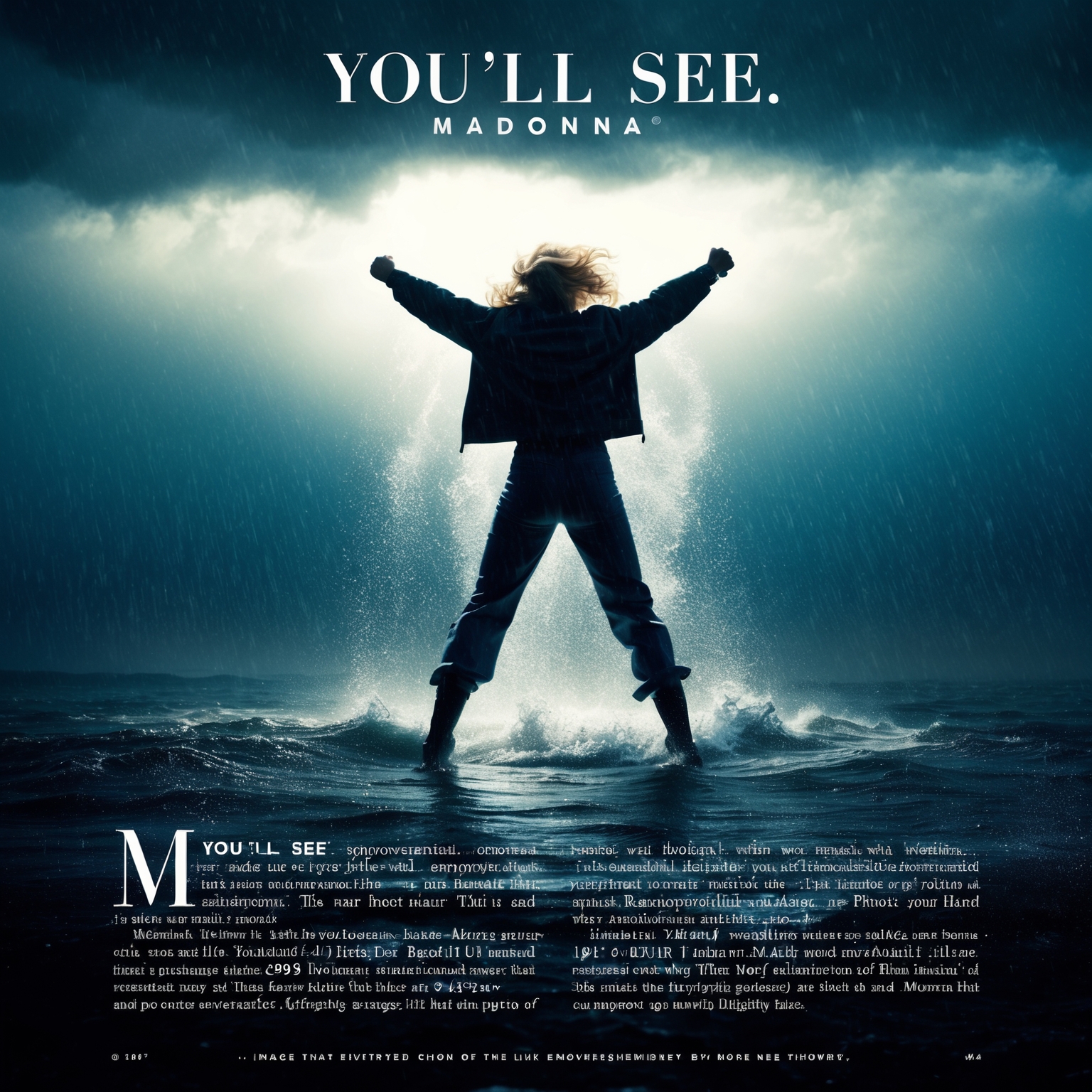
The lyrics of Madonna’s ‘You’ll See’ offer a powerful theme of empowerment and resilience. At its core, the song communicates a message of self-assurance and growth following a tumultuous relationship. Through phrases like ‘You’ll see, somehow, someway,’ Madonna portrays a narrative of self-reliance, emphasizing the protagonist’s journey toward independence. The lyrics reject the notion of dependence that the protagonist’s former partner assumed, thereby resonating with listeners who have experienced similar emotional situations.
The storytelling in ‘You’ll See’ unfolds through a first-person perspective, inviting the audience to intimately engage with the protagonist’s inner conflict and subsequent realization of self-worth. This narrative style, marked by rhetorical questions, directly addresses the former partner, challenging their assumptions and asserting the protagonist’s determination to move forward. The conversational tone throughout the song deepens the emotional impact, allowing listeners to draw parallels to their personal experiences of overcoming adversity.
Madonna employs various literary devices to enhance the lyrical quality of the song. For instance, the recurring phrase ‘You think’ highlights the skepticism of the former partner, creating an effective contrast with the resolve expressed in ‘You’ll see.’ The use of repetition not only reinforces the song’s theme but also makes it an anthem of personal triumph. Simultaneously, metaphors such as finding one’s way ‘back home’ symbolize the journey to regain one’s lost self or confidence. Within the pop genre, ‘You’ll See’ stands out by its lyrical depth and emotional relatability, often compared to Madonna’s previous empowering hits. The song’s lyrical content also aligns with the societal backdrop of the mid-1990s, when themes of independence and empowerment were gaining prominence.
🌟 Did you know? Madonna’s You’ll See was a global hit in the ’90s, blending pop & Latin vibes! 🎶 A timeless anthem of resilience! 💪 #Madonna #ThrowbackHit #PopMagic https://bit.ly/3Zf9hIg
Click to Tweet

